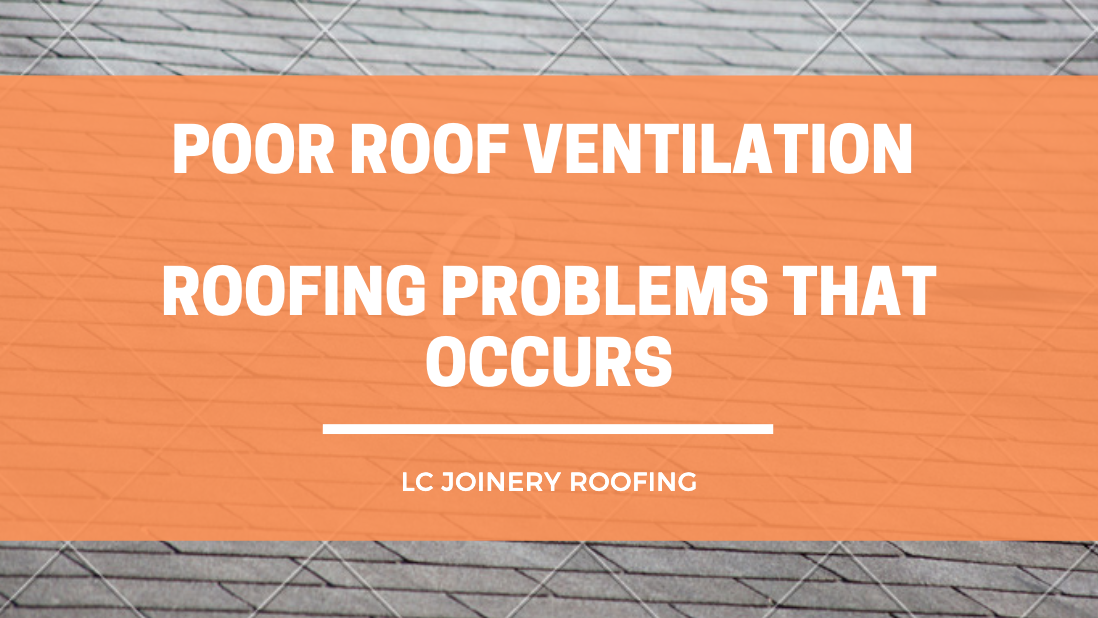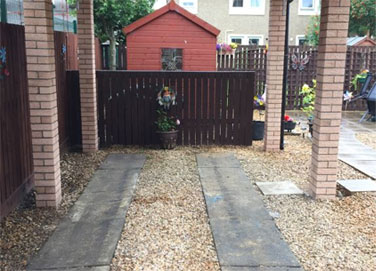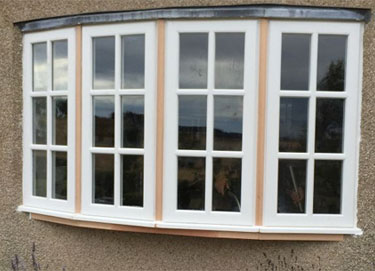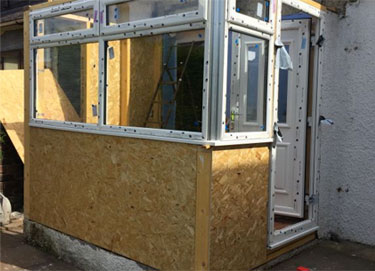Proper ventilation is an important; often overlooked, contributor to roof health.
Controlling the temperature of the roof with ventilation will increase the life of roof coverings (e.g. shingles), as well as help prevent roof damaging problems like ice dams.
Related content:
What Are The Benefits of Roof Ventilation
Extends The Life Of Your Roof
Have you ever seen icicles build up on the edges of roofs and gutters?
This ice buildup is known as ice damming.
You can see the icicles, but you can’t see the damage that they’re doing to the edge of your roof.
Ice Damming
Ice damming happens when heat from inside your attic combines with heat from the sun to melt snow and ice on your warm roof.
When the resulting water runs to the edge of the roof, it begins to refreeze.
As the ice and water build up at the edges of your roof, it can back up behind/underneath the roofing materials, causing damage to your whole roof system, your attic and even inside the walls of your home.
Proper ventilation helps this warm air escape before it has a chance to melt the snow and ice on your roof.
A well-vented roof is easy to see in the winter months. It still has snow on the roof, but not an icicle in sight.
Ventilation benefits a roof when it’s hot outside as well. When the temperature outside rises, the temperature on your roof can be nearly double.
A hot roof over a poorly vented attic translates into a very hot attic.
Unventilated or poorly ventilated attics don’t have an escape route for the heat that builds up.
This buildup of heat can damage your shingles from the inside out. An evenly vented roof will allow the hot air to escape keeping your roof and attic cooler.
Reduces Energy Costs
When the temperature increases outside, we all want to stay cool inside.
A properly vented roof allows heat to escape, thereby reducing the need for air conditioning and fans.
Reduces Indoor Temperatures Extremes
Indoor temperature extremes are often the result of poorly vented roofs.
Once your roof is adequately vented to allow the hot air to escape and the cool air to enter the attic space, your home will be more comfortable year-round.
Effective Roof Ventilation
It is essential that good quality roof ventilation consists of an exhaust as well as an intake.
The temperature difference between the inside of the roof and the outside of the roof can be massive and only through using an intake and an outlet can these temperatures be brought to a consistent level.
Only having one type of roof ventilation is the equivalent of having no roof ventilation whatsoever and in some cases it can actually cause more damage to have only one than to have neither.
Different Types of Roof Ventilation.
There are a large number of different methods of providing adequate roof ventilation and more is definitely better.
Each type of roof ventilation has it’s positives and it’s negatives so consult with your roofing contractor and decide between you which is likely to be the better decision for your home in terms of both effectiveness and aesthetics.
Having adequate roof ventilation can be the difference between a long lasting roof and having to replace it every ten years or so.
Roof Ventilation Experts Fife and Edinburgh
If you want to have an expert take a look at your roof ventilation then get in touch with us today.






